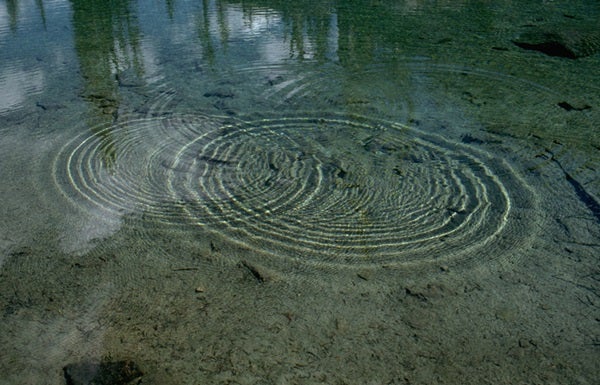But the most important question to ask, perhaps, is whether we could observe interference of gravitational waves, just as we can observe interference of electromagnetic waves.
Due to the weakness of the gravitational force, matter is essentially transparent to gravitational waves, i.e., gravitational waves can propagate unaffected through matter. This is one of the many reasons why they are so valuable as astrophysical probes. However, this means that it is not possible to use matter to diffract, to “split” or recombine gravitational waves the way we do to detect interfering electromagnetic waves. Looking at astrophysical sources does not help either. Transient events such as black hole mergers happen too infrequently for LIGO to see any interference effect, while the spacing in frequency of continuous sources, such as pulsars, also prevents such observations.
The LIGO Team
University of Mississippi










